Pine Tar Soap is great for supporting healthy skin that struggles with eczema, psoriasis, dryness and other minor skin irritations.
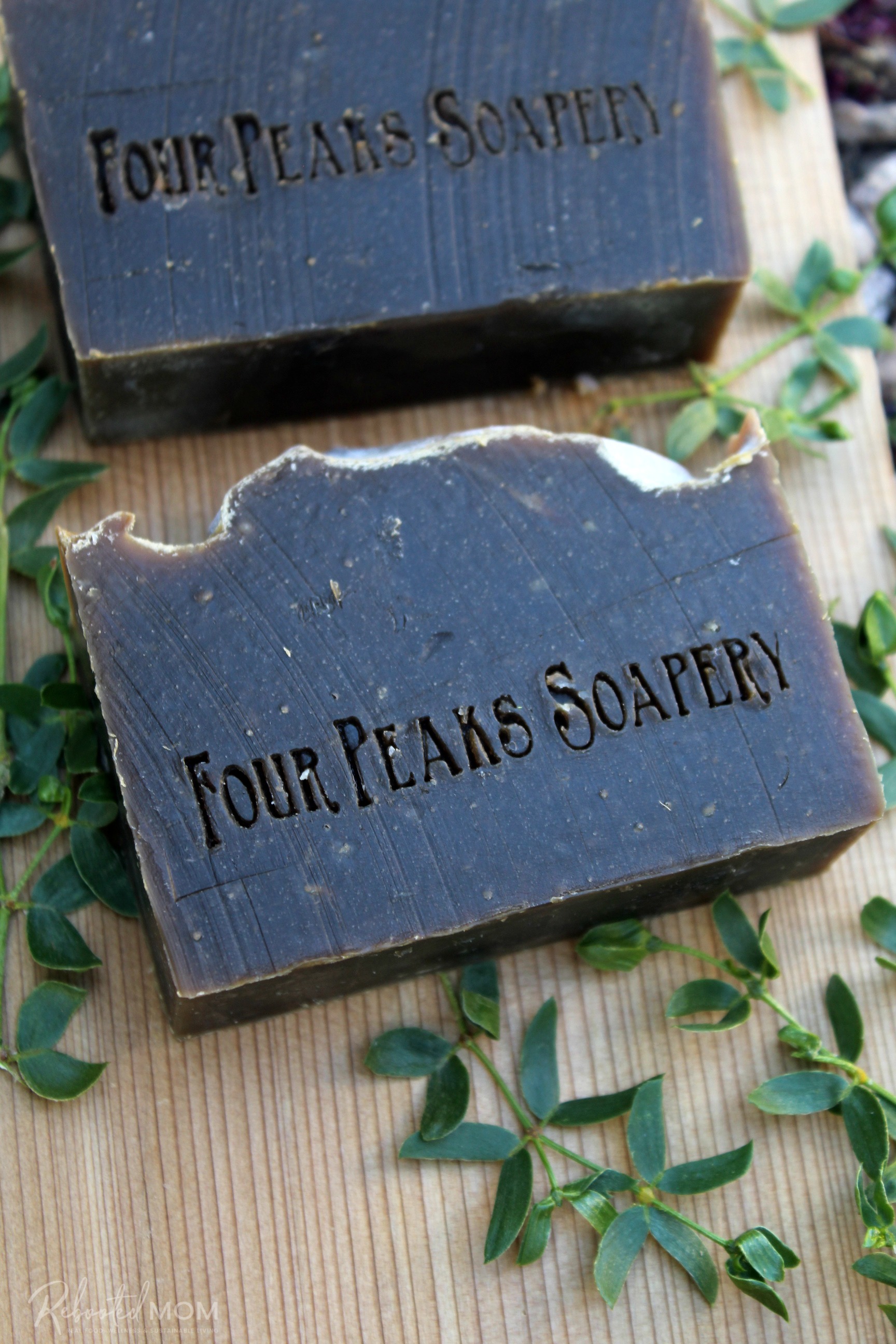
Pine tar soap has been reputed as a wonderful soother for supporting healthy skin. If you know anyone that struggles with skin issues – eczema, psoriasis, or even flaky scalp, pine tar soap might help you quite a bit.
This pine tar soap recipe will help you create this fabulous soap at home. It’s not a difficult soap to make, but the smoky smell of the pine tar has a strong aroma and will almost remind you of an outdoor campfire. The scent makes the soap seem like more of a men’s soap, but it can be used by both men and women alike.
Pine Tar Soap Recipe
Please use a scale to weigh the ingredients and ensure they are accurate.
Liquid and Lye:
- 12.27 oz (347.96 gr) distilled water
- 4.20 oz (119.01 grams) lye (sodium hydroxide)
- 1 tsp sodium lactate (optional)
Pine Tar and Oils (32.30 oz total):
- 4 oz (113.40 gr) Pine Tar
- 11 oz (311.84 gr) Olive Oil
- 1.8 oz (51.03 gr) Castor Oil
- 5 oz (141.75 gr) Beef Tallow
- 2.5 oz (70.87 gr) Sweet Almond Oil
- 8 oz (226.80 gr) Coconut Oil
Optional Essential Oils for Scent:
- 1.01 oz (26.80 gr) cedarwood atlas essential oil*
*Essential oils are optional. Pine Tar has a very strong smell.. adding essential oils won’t mask the smell. If anything, the oils will get lost in the soap. But as the soap cures the smell will even out and be more tolerable.
Other information:
This recipe fits perfectly in this Crafter’s Choice, rectangle silicone mold – available on Amazon or from Wholesale Soap Supplies.
This is the Pine Tar that I purchase from Amazon. There are several varieties on Amazon but this type is one of the few/only that is rated as safe in use for cosmetics/soapmaking.
Pine Tar is calculated in the soap recipe along with the oils. Not every lye calculator will include Pine Tar as an option, so it’s important to use a lye calculator that does. You should add your pine tar with the oils and stick blend well.
Then, allow the lye + water to come to room temperature, and once you add that lye water to your oils, you’ll forego the stick blender and mix with a long-handled spoon until it comes to trace (which will be very quickly). Make sure you have everything ready and organized before you start mixing. And ensure you lay a few sheets of newspaper down to protect your surfaces – pine tar can get messy!
Directions:
Step 1: Slowly add the lye to the distilled water over a sink. Open up the windows behind the sink or place a fan behind you to dissipate the fumes. Make sure you are wearing safety goggles or gear, long sleeves and gloves. The mixture will get hot very quickly and the fumes will be strong until the mixture cools.
Step 2: Allow the lye + water mixture to cool for at least 45 minutes to one hour if not longer. Once cool, add the sodium lactate and stir to distribute.
Step 3: As the lye cools, prepare your oils by measuring them on the scale. Melt the tallow/coconut oil just until melted. Combine all of the oils and pine tar in your bowl and set them aside until you are ready to mix with the lye mixture. They should be at room temperature.
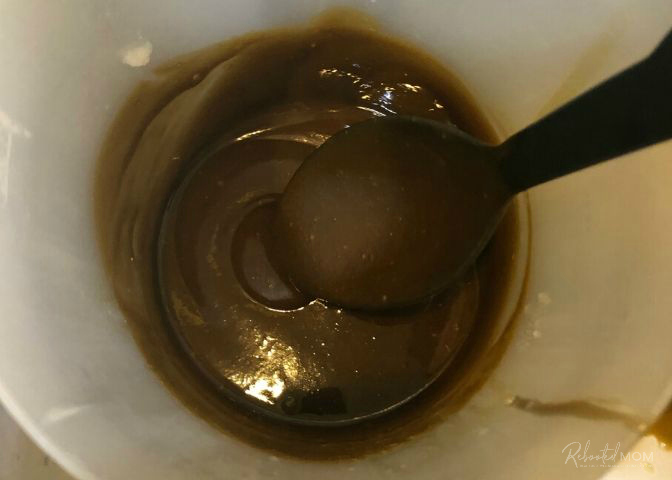
Step 4: Once you are ready to make your soap, add your lye + water to the oils, and stir with a heavy duty plastic spoon. The soap batter should thicken very quickly – within 3-4 minutes it should be a thick trace.
Step 5: Pour the thickened soap batter into the mold and push aside. You don’t need to insulate this soap, just push to the rear of the counter top or place in a closet for 24-48 hours. After that time, try to remove from the mold. If it is still too soft leave in the mold an additional day.

(I usually put mine in the freezer for an hour to harden, making it easier to remove from the mold.)
Step 6: Slice into bars and allow the soap to cure for 4-6 weeks.
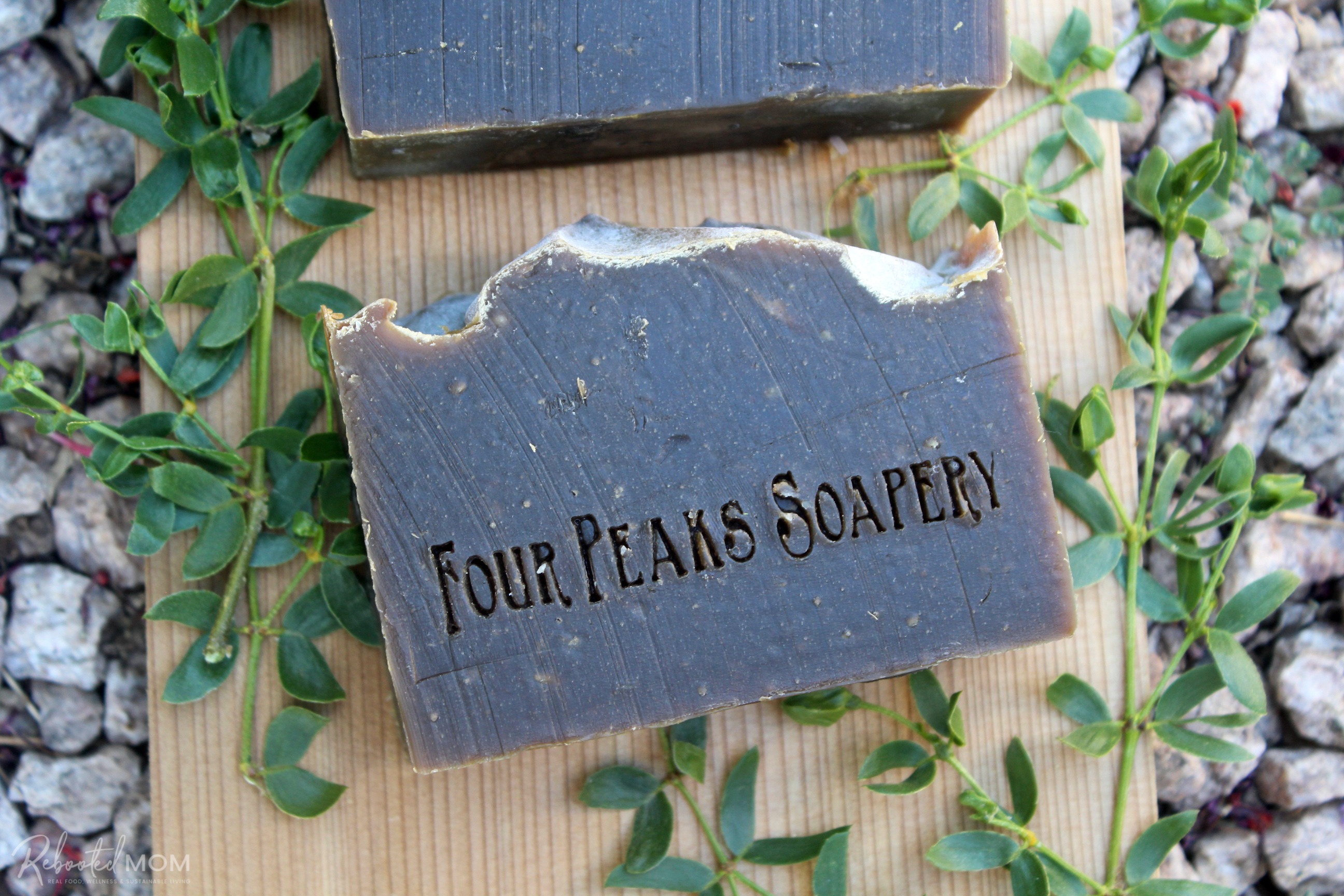
Looking to change out the oils? Make sure you use a lye calculator to re-run the recipe and ensure you have the correct amount of lye.
If you make this pine tar soap recipe, please consider leaving a comment and tagging me on social media – find me on Facebook or Instagram. I’d love to see your results!
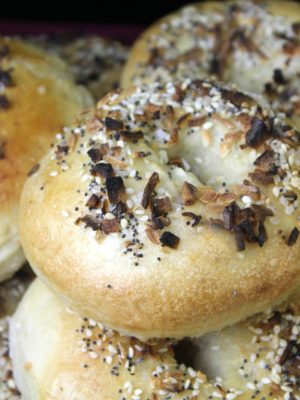

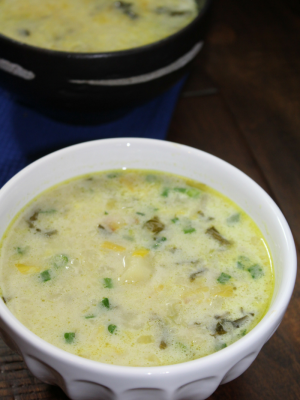
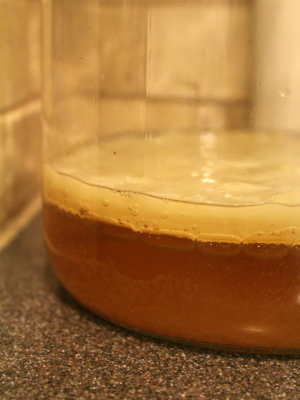
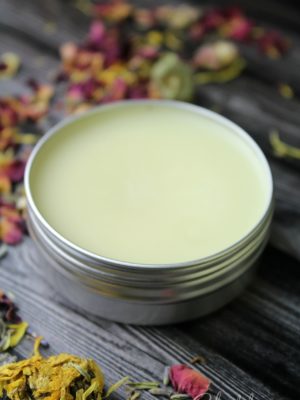
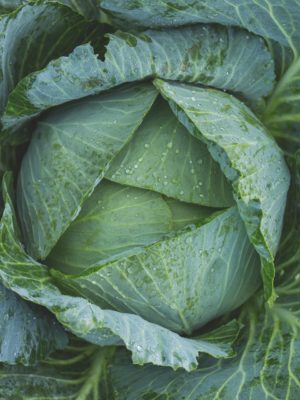

Hi…. Could lard be used in place for beef tallow?
Thank you in advance!
absolutely – just make sure you run the recipe through the lye calculator again, just to be sure that the lye is A-OK.
I use lard in my soaps often.. interchangeably with tallow. Works so well. Makes a great bar.
So, with the calculator (will say at the outset that I am brand new to soaps), one just puts the amounts of oils one wants in a soap — either going off a recipe suggestion or just making it up? — and the calculator tells you the amount of lye? Or am I misunderstanding the freestyle latitude one has in making soap and/or the purpose of a calculator? Just was wondering why the calculator, if all the ingredient and their amounts are in the recipe already.
Thanks for the recipe, also!
The calculator will tell you how much lye you need based on your oils/fats/butters. While I might have a recipe there for you, if you don’t have a certain oil (say you don’t have Avocado Oil but you do have Rice Bran Oil), you’ll need to punch in the changes in the lye calculator because the lye calculator will vary based on the oils/butters used. You might need more lye or less lye depending.
I usually follow the same standard recipe for my cold process soaps — but if I add in Hemp oil for certain soaps, I’ll reduce certain oils to fit the Hemp in (keeping the same size mold) and the lye will usually be just a bit different. I hope that helps!
Aha, got it, makes sense. Thanks!
Hi , my pinte tar soap keeps sweating can I insulate it ?